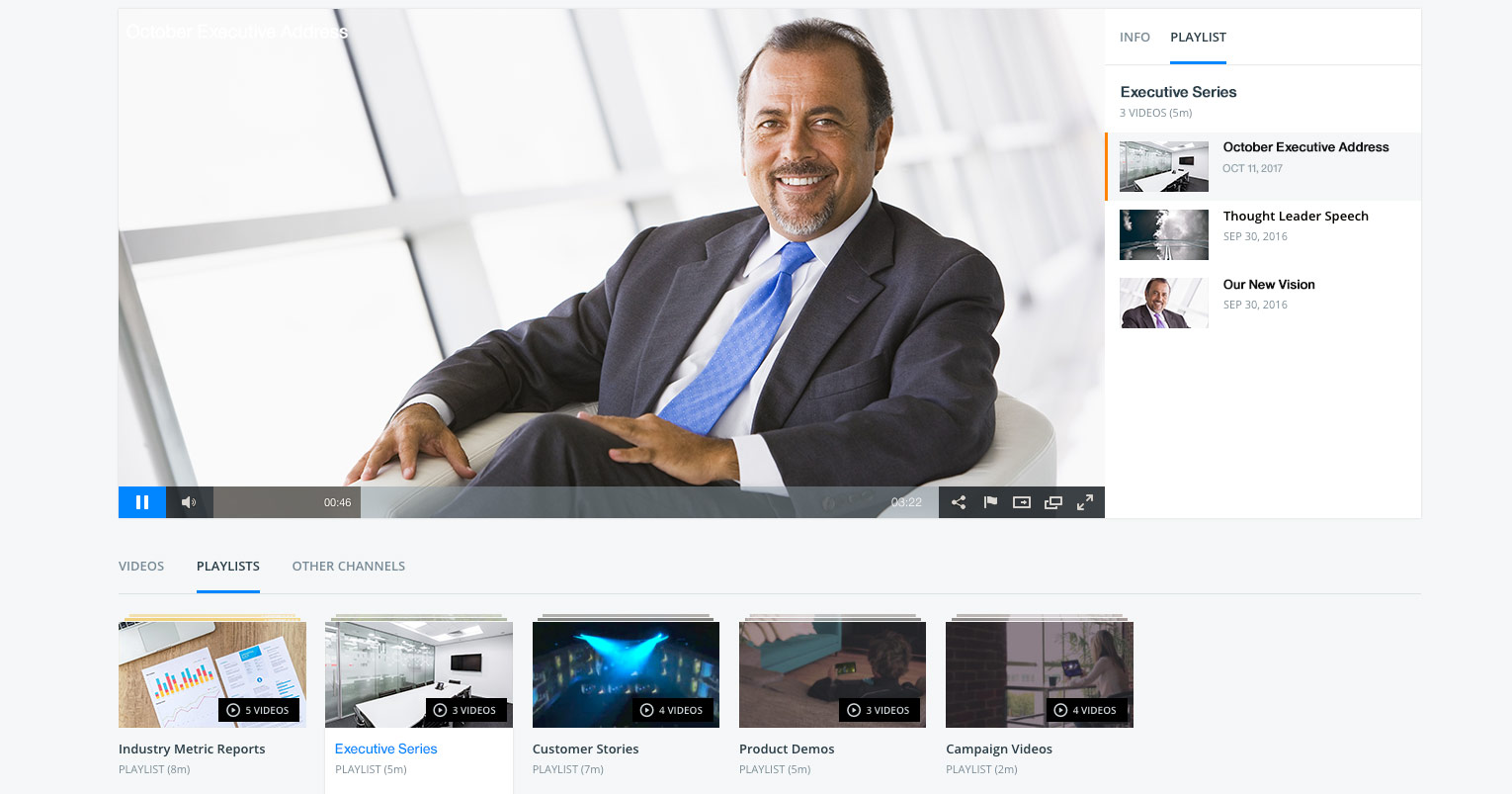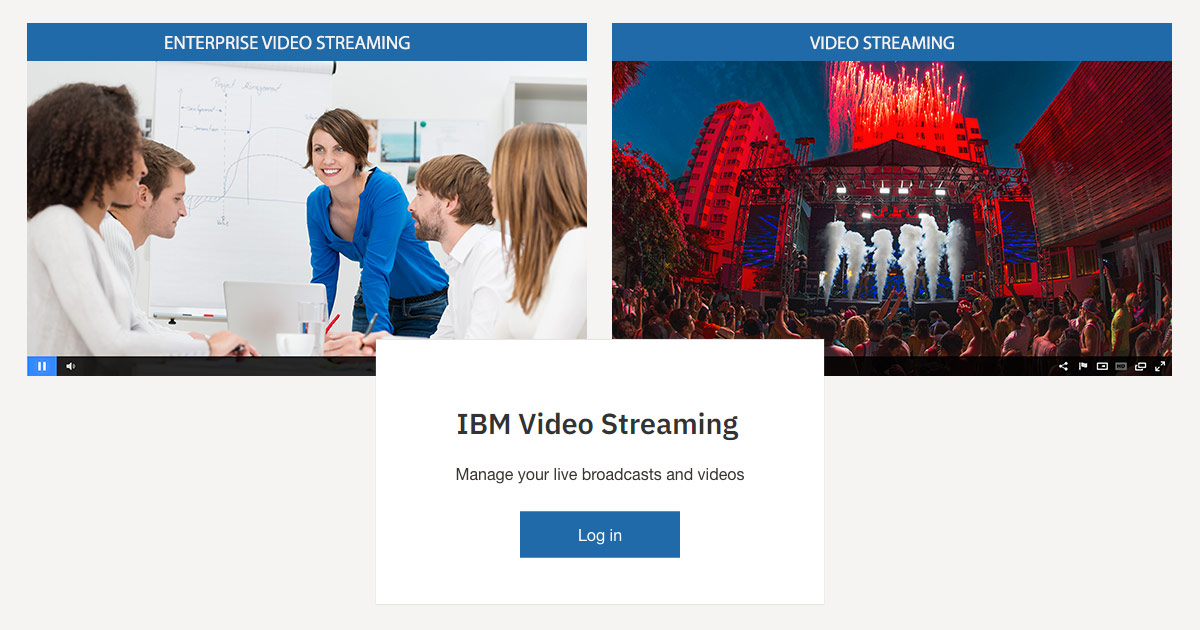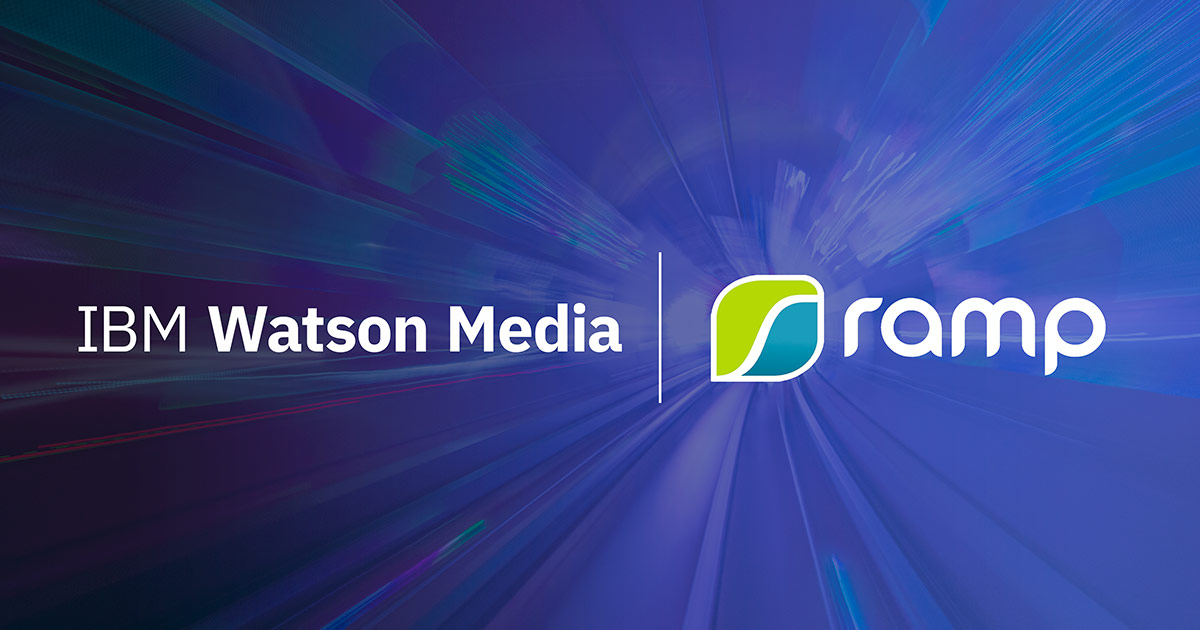
Looking for ways to simplify managing your video playlists? Need to create playlists that will update themselves? According to Wainhouse Research, almost one in five (19%) organizations report that they add at least 25 hours of video to their corporate libraries each month. These increasing libraries present challenges to improve methods to manage content in a way that promotes accessibility. A dynamic video playlist is part of the solution for this, giving content owners a way to quickly produce playlists that will automatically update with new content. This is done through creating playlists that populate content based on certain criteria, and then will update that playlist as new videos meet the same conditions. Criteria can range from content found in titles and descriptions, but also through using information found in custom metadata fields as well.
This article describes what is a dynamic video playlist, what are the use cases, the user experience and also how you can create them as well.








